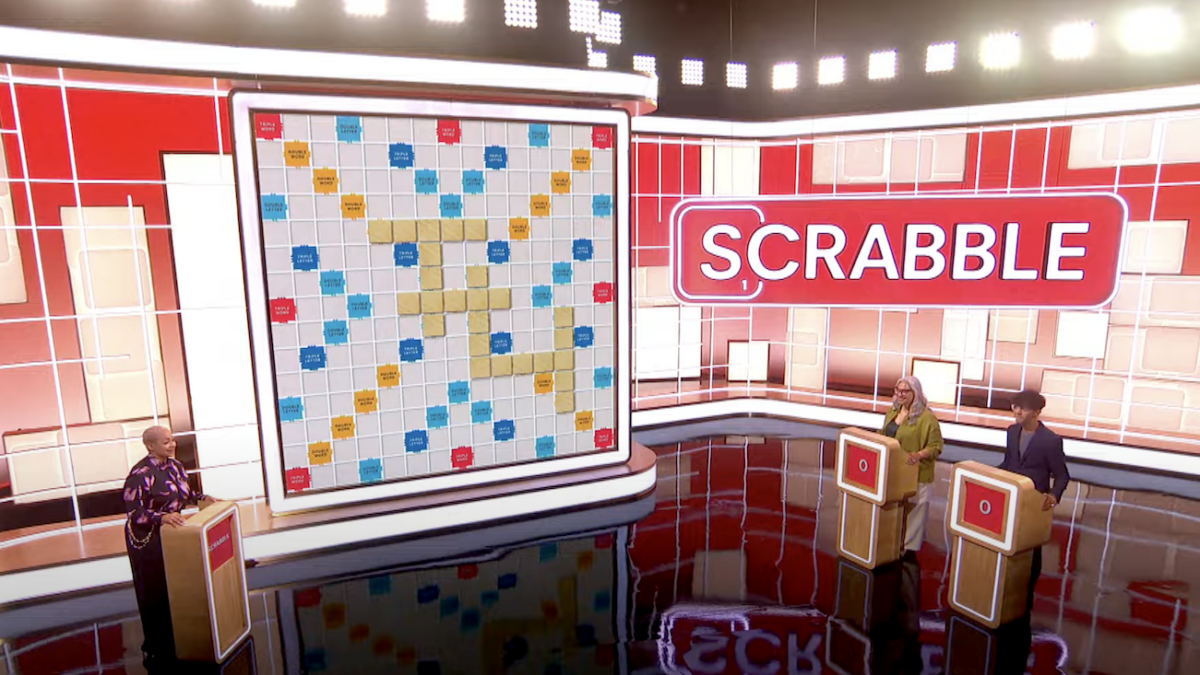
Episode 10 of the first season of “Star Trek: Deep Space Nine” (“The Nagus”) introduced a recurring character, Grand Nagus Zek, who would become beloved by fans. It also was the first of many DS9 episodes that showcased the franchise’s deeper dive into Ferengi culture, beginning the more nuanced presentation of a species that had been portrayed in “The Next Generation” as something of a joke.
The main action in the episode begins with Quark and his brother Rom fretting over the arrival of the Grand Nagus, an ancient Ferengi named Zek. The distinctive voice emerging from the alien makeup clues in viewers to the presence of a recognizable character actor, Wallace Shawn, perhaps best known for his role in the 1987 film, “The Princess Bride.” DS9’s producers made a good decision in casting a talented actor in the role of Zek. He went on to appear in seven episodes of the series over the next six years.
The Nagus’s appearance on the station concerns Quark because he believes Zek is there to buy his bar, with the implication being that the sale will go through whether Quark wishes it or not. Instead, Zek repairs to the holosuites, staying in there so long that Quark worries if he died of overexertion.
Instead, he emerges happy and invites Quark to dinner, where they discuss Quark’s good business acumen in locating his bar at such an important trading sector as the wormhole. They also discuss Rom’s son, Nog, attending the human-led school established back in episode two. Zek is disgusted at the idea of Nog attending a human school, especially one taught by a woman—Ferengi sexual politics are extremely retrograde, something that series will explore in subsequent episodes.
Zek asks a favor of Quark, but not the one he feared: the Grand Nagus wants Quark to host a conference of Ferengi businessmen to discuss their prospects for trade with the other side of the wormhole. Relieved, Quark agrees. As the plutocrats assemble, Zek prophesies great times for the Ferengi in the Gamma Quadrant where, unlike in their other markets, their reputation for greed and sharp practice has not preceded them.
Meet the New Boss
The bombshell of a meeting comes as Zek announces that he’s not feeling up to leading the new ventures, that old age has left him less greedy than he once was. He shocks the who’s who of Ferengi capitalists by declaring that his successor will not be one of them, nor his own son, Krax. Instead, Quark will be the new Ferengi leader.
Zek’s decree doesn’t go over well. The bigshots of the Ferengi Alliance are all ambitious and greedy, so they all want the top spot. Losing it to another powerful wheeler-dealer would be one thing, but losing to Quark—an obscure barman on the edge of civilization—is another. The next day, Zek dies suddenly and Quark assumes the role of Grand Nagus.
Some Ferengi begin to suck up to Quark right away, but others lie back. An assassination attempt follows, which we soon find out was engineered by Krax and Rom. Krax wishes for his father’s title, of course, while Rom’s grievance comes from Quark’s refusal to grant him ownership of the bar now that he has gone on to bigger things.
Krax and Rom try to murder Quark again, this time openly, by tossing him out of an airlock. Quark pleads for his life in the best Ferengi fashion, but the killing is only stopped by the arrival of Zek, who is—surprise—not dead after all. The Grand Nagus faked his death to see how his son, Krax, would react.
Krax failed the test. As Zek tells him, his assassination strategy was too overt. Better to accumulate power slowly, then pounce. They leave, and the station and its inhabitants return to status quo ante.
Fixing an Old Mistake
“The Nagus” marks the first time, but not the last, that “Deep Space Nine” will delve into Ferengi culture, deepening the world-building around a species that, on “The Next Generation,” was mostly good only for comic relief. The credit for this development belongs most to Armin Shimerman, the actor who played Quark.
Originally, the Ferengi were conceived as a new major enemy for the Federation. The Klingons had been the enemy during the Cold War-era original series and had served in many ways as an analog for the Soviet Union. By the time “Star Trek VI: The Undiscovered Country” hit theaters in 1991, the Cold War was ending, so it was natural that the movie was about the thawing of hostilities between the Federation and the Klingons.
By then that development had already begun to be worked into “Star Trek: The Next Generation,” which debuted in 1987, but the problem of a new enemy remained. Romulans played the part for a time, but series creator Gene Roddenberry wanted something new. In keeping with his left-leaning politics, the new enemies were not totalitarians but anarcho-capitalists. The Ferengi filled the role often found in science-fiction for a people that resemble a caricature of the viewer’s own society. They were a lower people, not as evolved as the post-money, post-religion, post-greed Federation.
The Ferengi first appeared in the first season of “Next Generation,” and one was portrayed by Shimerman. The translation from script to screen was a flop. The ultra-capitalist baddies turned out to be less Attila the Hun and more Martin Shkreli. Shimerman took the failure to heart. When given the chance to play a main character on the new “Deep Space Nine,” he made the most of it.
The Ferengi became a more fully realized idea of a people: still greedy, still cowardly, but with a backstory that made it all make sense, and that made the Ferengi episodes some of DS9’s most enjoyable to watch.









